

Articles
How To Store Canned Tuna
Modified: February 23, 2024
Learn the best techniques for storing canned tuna in this informative article. Keep your tuna fresh and delicious for longer with these expert tips.
(Many of the links in this article redirect to a specific reviewed product. Your purchase of these products through affiliate links helps to generate commission for Storables.com, at no extra cost. Learn more)
Introduction
Welcome to this comprehensive guide on how to store canned tuna! Whether you are a fan of tuna sandwiches, salads, or casseroles, canned tuna is a versatile and convenient pantry staple. However, improper storage can lead to a decline in quality, flavor, and even spoilage. In this article, we will explore the best methods for storing canned tuna to maximize its freshness and shelf life.
When it comes to storing canned tuna, there are a few key factors to consider. First, you need to choose the right storage area, such as a pantry or refrigerator, to ensure optimal conditions. Second, you must properly seal opened cans to prevent exposure to air and moisture. Finally, if you have an excess amount of canned tuna, freezing it can be an excellent option for long-term storage.
Throughout this article, we will provide you with step-by-step instructions and practical tips to help you preserve the quality of your canned tuna. So, let’s dive in and learn how to store canned tuna in the best possible way!
Key Takeaways:
- Properly storing canned tuna is essential for maintaining its freshness and flavor. Choose the right storage area, seal opened cans tightly, and follow freezing guidelines to enjoy delicious tuna dishes.
- To maintain the quality of canned tuna, store it in a cool, dry place, minimize air exposure, and use the oldest cans first. Follow proper thawing methods and enjoy versatile tuna recipes with confidence.
Read more: How To Store Canned Tuna After Opening
Choosing the Right Storage Area
When it comes to storing canned tuna, choosing the right storage area is crucial in maintaining its freshness and quality. Here are a few options to consider:
- Pantry: If you plan on using your canned tuna within a relatively short period of time, storing it in a cool, dry pantry is a convenient option. Choose a spot away from direct sunlight, heat sources, and humidity. Ensure that the temperature of your pantry remains consistent, as fluctuations can accelerate spoilage. Keep the canned tuna in a designated area to easily locate it when needed.
- Refrigerator: If you anticipate using your canned tuna over a longer period of time, or if you live in a warm and humid climate, refrigeration is an excellent choice. Place the unopened cans in the refrigerator to extend their shelf life. The colder temperatures will slow down bacterial growth and maintain the quality of the tuna. Remember to keep the cans towards the back of the refrigerator, where the temperature is cooler and more stable.
- Freezer: If you have purchased a large quantity of canned tuna or want to keep it for an extended period, freezing is a viable option. Freezing canned tuna can retain its quality for up to three months. However, it is important to note that freezing may change the texture of the tuna, making it more suitable for recipes that involve mixing it with other ingredients, such as casseroles or tuna salads.
Regardless of the storage area you choose, it is essential to keep the canned tuna in a tightly sealed container or wrap it in plastic wrap to prevent air and moisture from coming into contact with the tuna. This will help maintain its flavor and prevent any potential contamination.
Now that you know the options for storing canned tuna, let’s explore how to properly seal opened cans to ensure the longevity of the tuna in the next section.
Properly Sealing Opened Canned Tuna
Once you open a can of tuna, it is important to properly seal it to maintain its freshness and prevent spoilage. Here are the steps to follow:
- Transfer to an Airtight Container: After opening the can, transfer any unused tuna to an airtight container. This can be a sealable plastic or glass container specifically designed for storing food. Make sure the container is clean and dry before transferring the tuna to it. Removing the tuna from the original can will help prevent any metallic taste or odor from permeating the fish.
- Press Out Excess Air: Before sealing the container, press out any excess air. Air exposure can lead to oxidation and spoilage of the tuna. Use your hand or a spatula to gently press down on the fish to remove as much air as possible.
- Seal the Container Tightly: Once the excess air is removed, securely seal the container. Ensure that the lid or cover is tightly closed to prevent air, moisture, and odors from entering. This tight seal will help maintain the quality and freshness of the tuna.
- Label and Date: Don’t forget to label the container with the date you opened the can. This will help you keep track of how long the canned tuna has been stored in the refrigerator or freezer. Properly rotating your canned tuna stock ensures that you use the oldest product first.
By following these steps, you can prolong the shelf life of your opened canned tuna and preserve its flavor and texture. Proper sealing is essential in preventing the tuna from being exposed to air, moisture, and contaminants that can lead to spoilage or the development of off flavors.
Next, we’ll explore the best methods for storing canned tuna in both the pantry and the refrigerator to ensure its optimal freshness.
Storing Canned Tuna in the Pantry
If you plan to use your canned tuna within a short period of time, storing it in the pantry is a convenient option. Here are the steps to properly store canned tuna in the pantry:
- Select a Cool and Dry Area: Choose a spot in your pantry that is away from direct sunlight, heat sources, and moisture. Tuna is sensitive to temperature fluctuations, so it’s important to select a cool and dry area.
- Organize and Separate: Keep your canned tuna separate from other food products to prevent any cross-contamination. You can use a designated shelf or area in your pantry to easily locate the tuna when needed.
- Check Expiry Date: Before storing the canned tuna, check the expiry date on the can. Ensure that it is within its expiration period. Using expired tuna can lead to foodborne illnesses or a decline in quality.
- Inspect for Damage: Examine the cans for any signs of damage or bulging. If a can is dented, bulging, or leaking, do not store it in the pantry. These are signs of spoilage or compromised food safety and the can should be discarded.
- Keep Dry and Covered: Store the canned tuna in a dry and covered area. Moisture can lead to the growth of bacteria, mold, and spoilage. Ensure that the tuna cans are not exposed to any liquids or humidity.
By following these steps, you can ensure that your canned tuna stays fresh and maintains its quality while stored in the pantry. Remember to periodically check your tuna cans for any signs of damage or expiration to ensure you are using safe and high-quality products.
Now let’s move on to the next section, where we will explore how to store canned tuna in the refrigerator.
Store canned tuna in a cool, dry place, away from direct sunlight and heat sources. Once opened, transfer any unused tuna to a sealed container and refrigerate for up to 2 days.
Storing Canned Tuna in the Refrigerator
If you anticipate using your canned tuna over a longer period of time or live in a warm and humid climate, storing it in the refrigerator is the best option. Here are the steps to properly store canned tuna in the refrigerator:
- Leave Unopened Cans Intact: If you haven’t yet opened the cans of tuna, you can simply place them in the refrigerator as they are. The cool temperature of the fridge helps to preserve the freshness of the tuna.
- Use Shelf or Drawer: Find a designated shelf or drawer in your refrigerator to store the canned tuna. The back of the refrigerator, where the temperature is cooler, is ideal. This area helps maintain a consistent and lower temperature, reducing the risk of bacterial growth.
- Seal Opened Cans in Containers: If you have opened a can of tuna, transfer any unused portion to an airtight container before refrigeration. This will keep the tuna fresh and avoid any potential odors from permeating through your refrigerator.
- Label and Date: Properly label the containers with the date you opened them. This helps you keep track of their shelf life and ensures you use the oldest cans first.
- Keep Away from Strong Odors: Store the canned tuna away from strong-smelling foods or ingredients that could transfer odors to the tuna. This helps maintain the natural flavor and aroma of the tuna.
When stored in the refrigerator, unopened cans of tuna can maintain their quality for an extended period. However, once opened, it is recommended to use the tuna within a few days to ensure the best taste and texture.
Now that you know how to store canned tuna in the refrigerator, we’ll move on to the next section, where we will discuss how to freeze canned tuna for long-term storage.
Read more: How To Store Tuna
Freezing Canned Tuna for Long-Term Storage
If you have a surplus of canned tuna or want to store it for an extended period, freezing is an excellent option. Freezing canned tuna can help retain its quality for up to three months. Here’s how to freeze canned tuna:
- Transfer to Freezer-Safe Containers: Open the cans of tuna and transfer the contents into freezer-safe containers or resealable freezer bags. Make sure the containers are airtight and suitable for freezing to prevent freezer burn and moisture absorption.
- Remove Excess Air: Press out any excess air from the containers or freezer bags before sealing them. This helps minimize the risk of freezer burn and preserves the quality of the tuna.
- Label and Date: Clearly label the containers or freezer bags with the date of freezing. This will make it easier for you to keep track of the tuna’s storage time and ensure you use the oldest ones first.
- Place in Freezer: Put the containers or freezer bags in the freezer, making sure to lay them flat for easier storage. This allows for efficient freezing and makes it easier to stack and organize your frozen canned tuna.
- Use within Three Months: Frozen canned tuna is best consumed within three months for optimal quality. It is still safe to eat after this time, but the texture may become more crumbly, making it more suitable for recipes where the tuna is mixed with other ingredients.
When you’re ready to use the frozen canned tuna, simply thaw it in the refrigerator overnight before incorporating it into your desired recipe.
Remember, freezing canned tuna can alter its texture, so it’s best suited for recipes like casseroles, pasta dishes, and tuna salads. If you prefer the texture of fresh tuna, it’s recommended to consume it within its recommended shelf life or opt for refrigeration instead of freezing.
Now that you know how to freeze canned tuna for long-term storage, we’ll move on to some essential tips for maintaining the quality of your canned tuna.
Tips for Maintaining Quality of Canned Tuna
Ensuring the quality of your canned tuna is essential for a delicious and enjoyable eating experience. Here are some helpful tips to maintain the freshness and flavor of your canned tuna:
- Check for Signs of Spoilage: Before using canned tuna, inspect the cans for any signs of bulging, leaking, or damage. If you notice any abnormalities, discard the can, as it may indicate spoilage or compromise the safety of the tuna.
- Store in a Cool and Dry Place: Whether you choose the pantry, refrigerator, or freezer for storing your canned tuna, ensure that the area is cool and dry. This helps prevent bacterial growth and preserves the quality of the fish.
- Rotate and Use the Oldest First: To prevent cans from sitting in storage for too long, practice proper rotation. Use the oldest cans of tuna first to maintain freshness and avoid wasting any expired products.
- Avoid Temperature Fluctuations: Fluctuating temperatures can accelerate the spoilage of canned tuna. Keep the storage area at a consistent temperature to preserve the quality of the fish. Avoid leaving cans of tuna in hot cars or exposed to direct sunlight.
- Minimize Exposure to Air: Air exposure can lead to oxidation and degrade the quality of the tuna. Always seal opened cans in airtight containers and remove excess air before refrigerating or freezing the fish.
- Store Away from Strong Odors: Canned tuna can absorb strong odors from other foods. Store it away from strong-smelling ingredients or use airtight containers to prevent the transfer of odors and maintain the natural taste of the tuna.
- Proper Thawing: If you freeze canned tuna, thaw it safely by placing it in the refrigerator overnight. Avoid thawing at room temperature, as this can promote bacterial growth. Thawed tuna should be used promptly and not refrozen.
- Use Appropriate Storage Times: Canned tuna has a recommended shelf life. While it may still be safe to consume after the expiration date, its quality may deteriorate. Follow the guidelines for storage times to enjoy the best flavor and texture.
By following these tips, you can ensure that your canned tuna stays fresh, flavorful, and safe to eat. Whether you opt for pantry storage, refrigeration, or freezing, proper handling and storage practices are key to maintaining the quality of your canned tuna.
Now that you have learned how to store and maintain the quality of your canned tuna, you can enjoy its versatility and convenience in a variety of delicious dishes!
If you found this article helpful, please share it with other tuna lovers so they can also benefit from these tips. Happy tuna storage!
Conclusion
Properly storing canned tuna is crucial for maintaining its freshness, flavor, and quality. By following the guidelines outlined in this article, you can ensure that your canned tuna stays delicious and safe to eat.
When it comes to choosing the right storage area, consider factors such as the pantry, refrigerator, or freezer based on your needs and preferences. Each option offers its own advantages, so select the one that best suits your circumstances and how quickly you plan to use the tuna.
Remember to properly seal opened cans in airtight containers to prevent exposure to air and moisture, which can hasten spoilage. Label and date the containers to keep track of the storage time and use the oldest cans first to maintain freshness.
If storing your tuna in the pantry, find a cool and dry area away from sunlight, heat sources, and humidity. In the refrigerator, designate a shelf or drawer for the tuna and seal opened cans in containers to preserve freshness. And if you opt for freezing, transfer the tuna to freezer-safe containers, remove excess air, and label them with the date of freezing.
To ensure the best quality, beware of signs of spoilage, avoid temperature fluctuations, minimize air exposure, and store the tuna away from strong odors. Properly thaw frozen tuna in the refrigerator before using it.
By following these tips, you can enjoy the convenience and versatility of canned tuna in a wide range of recipes, from sandwiches and salads to casseroles and pasta dishes.
So, the next time you stock up on canned tuna, remember these storage guidelines to ensure that your tuna stays fresh, flavorful, and ready to be enjoyed whenever you need it.
Happy tuna storage!
Frequently Asked Questions about How To Store Canned Tuna
Was this page helpful?
At Storables.com, we guarantee accurate and reliable information. Our content, validated by Expert Board Contributors, is crafted following stringent Editorial Policies. We're committed to providing you with well-researched, expert-backed insights for all your informational needs.
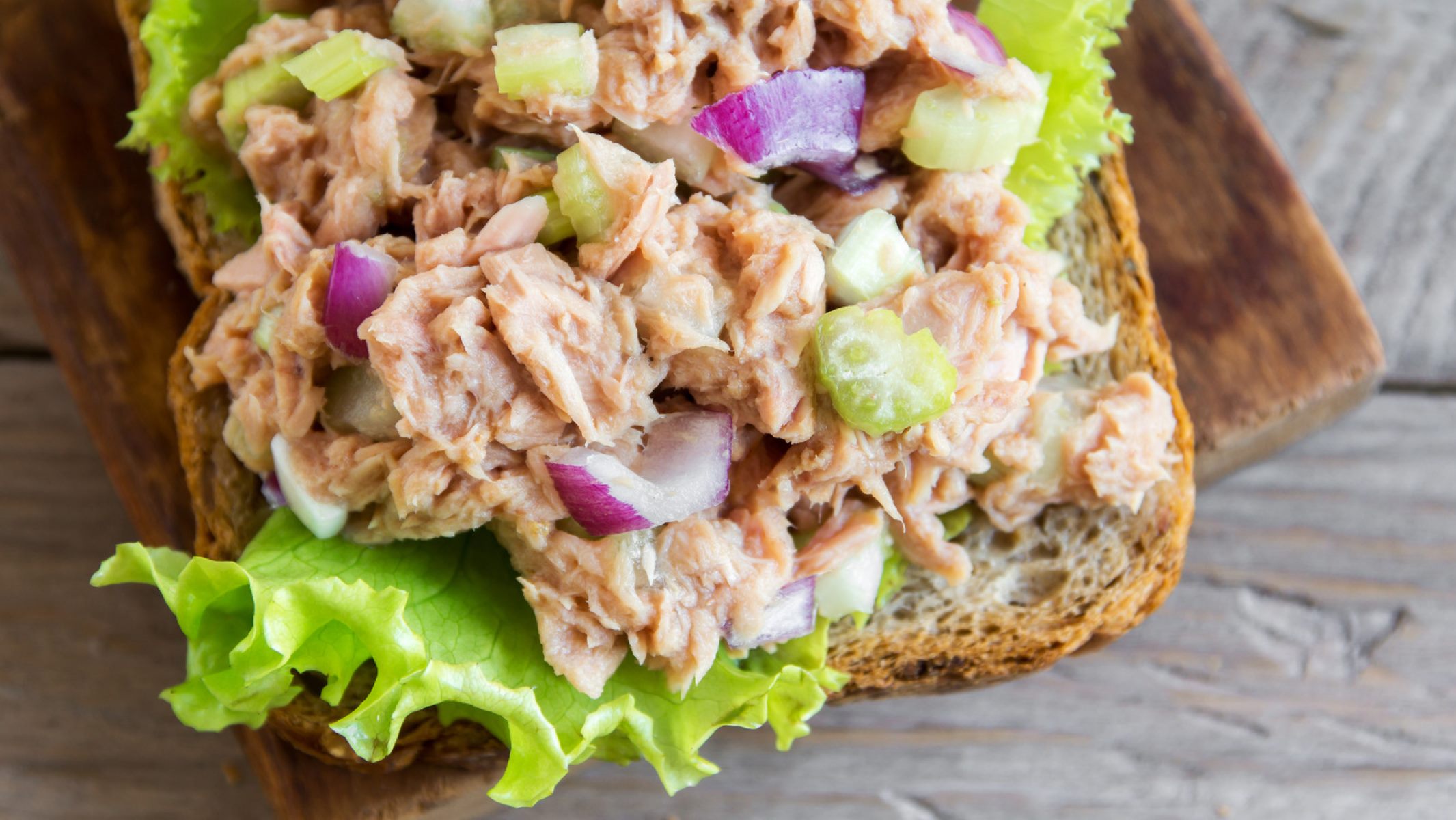
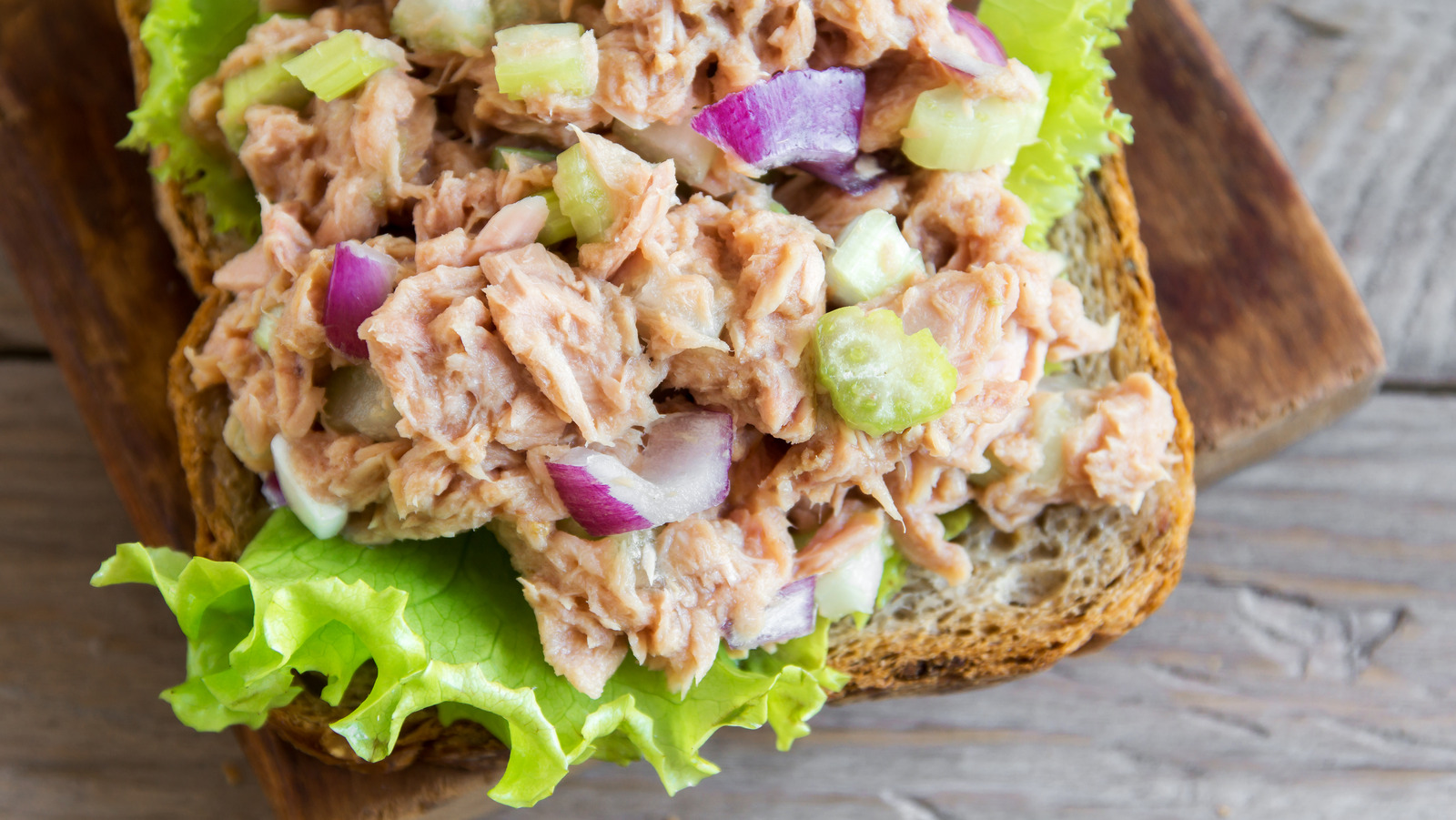
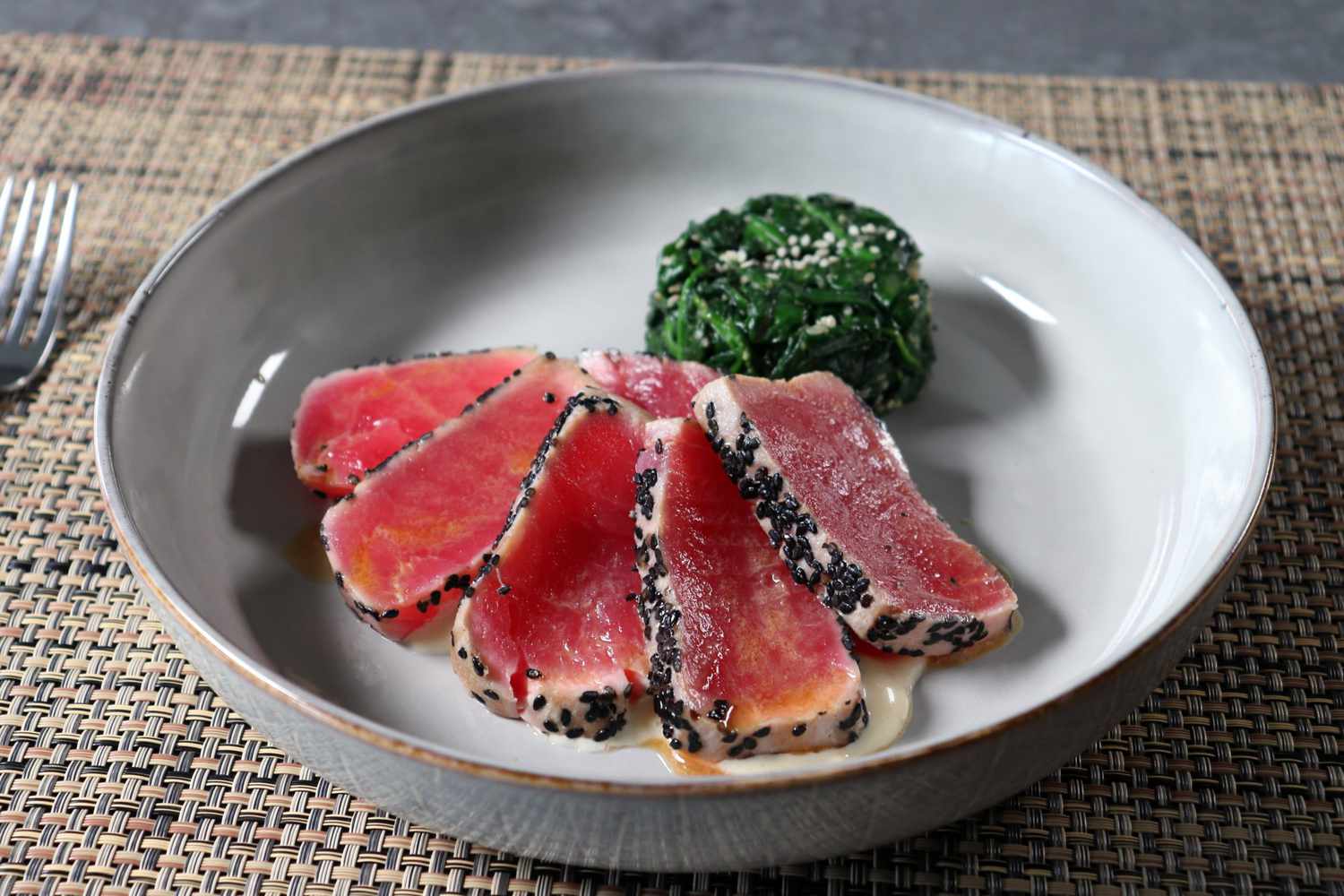
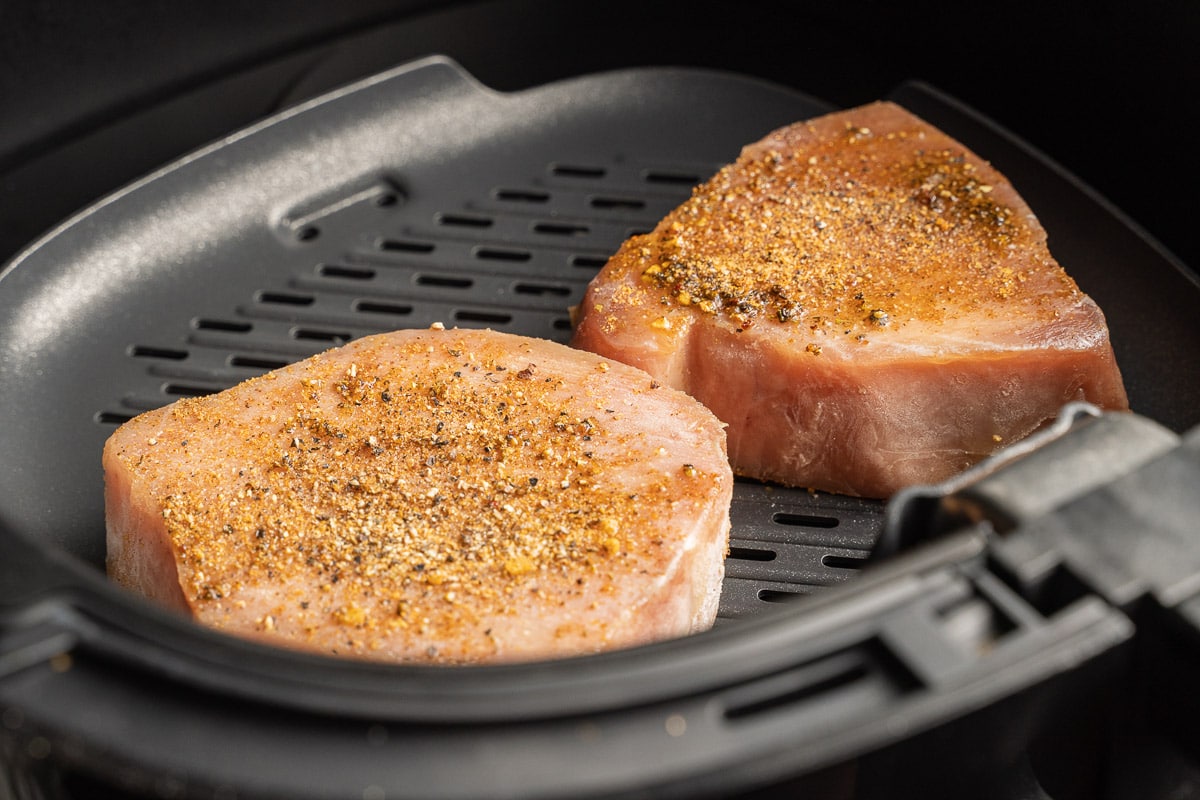
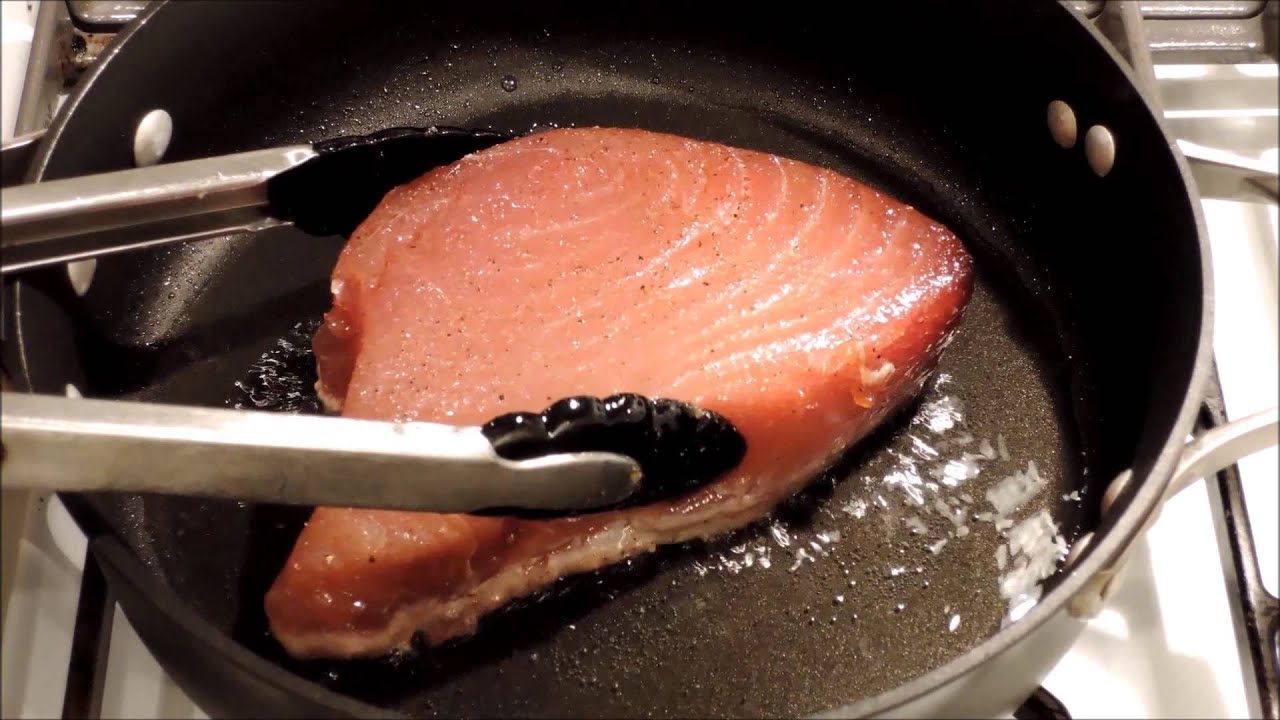
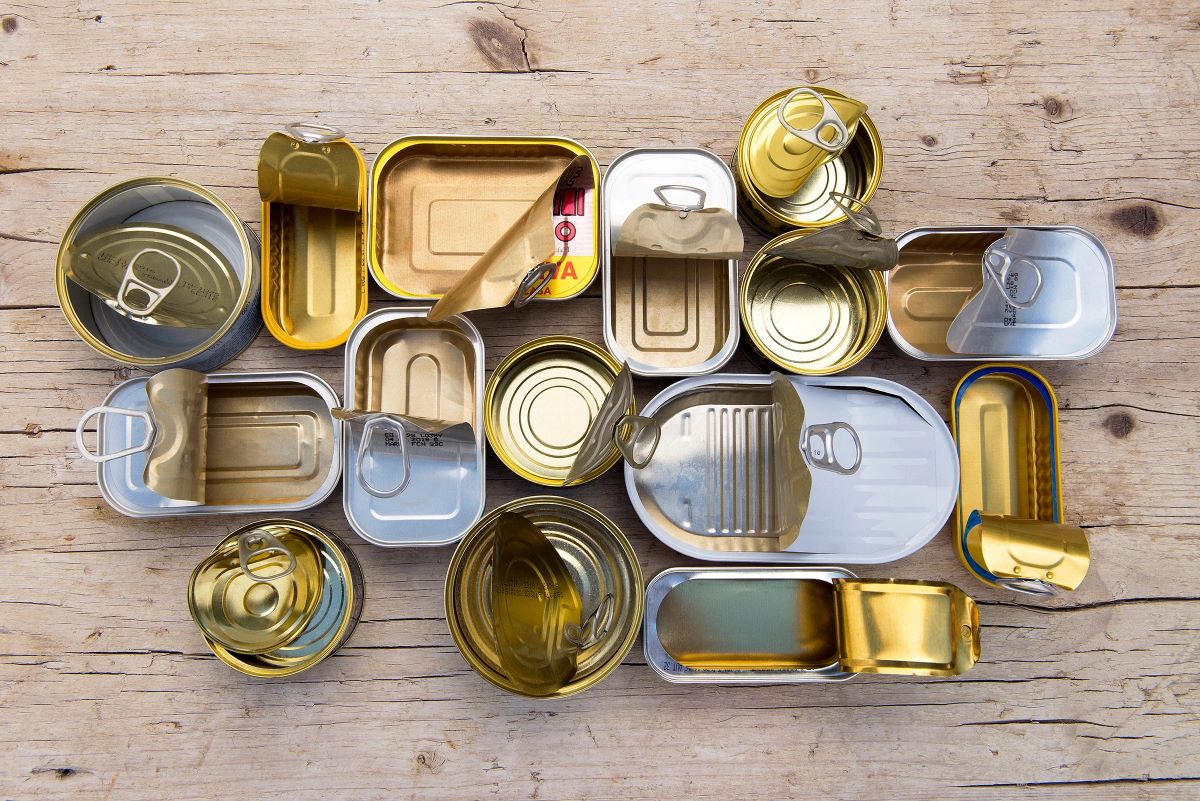
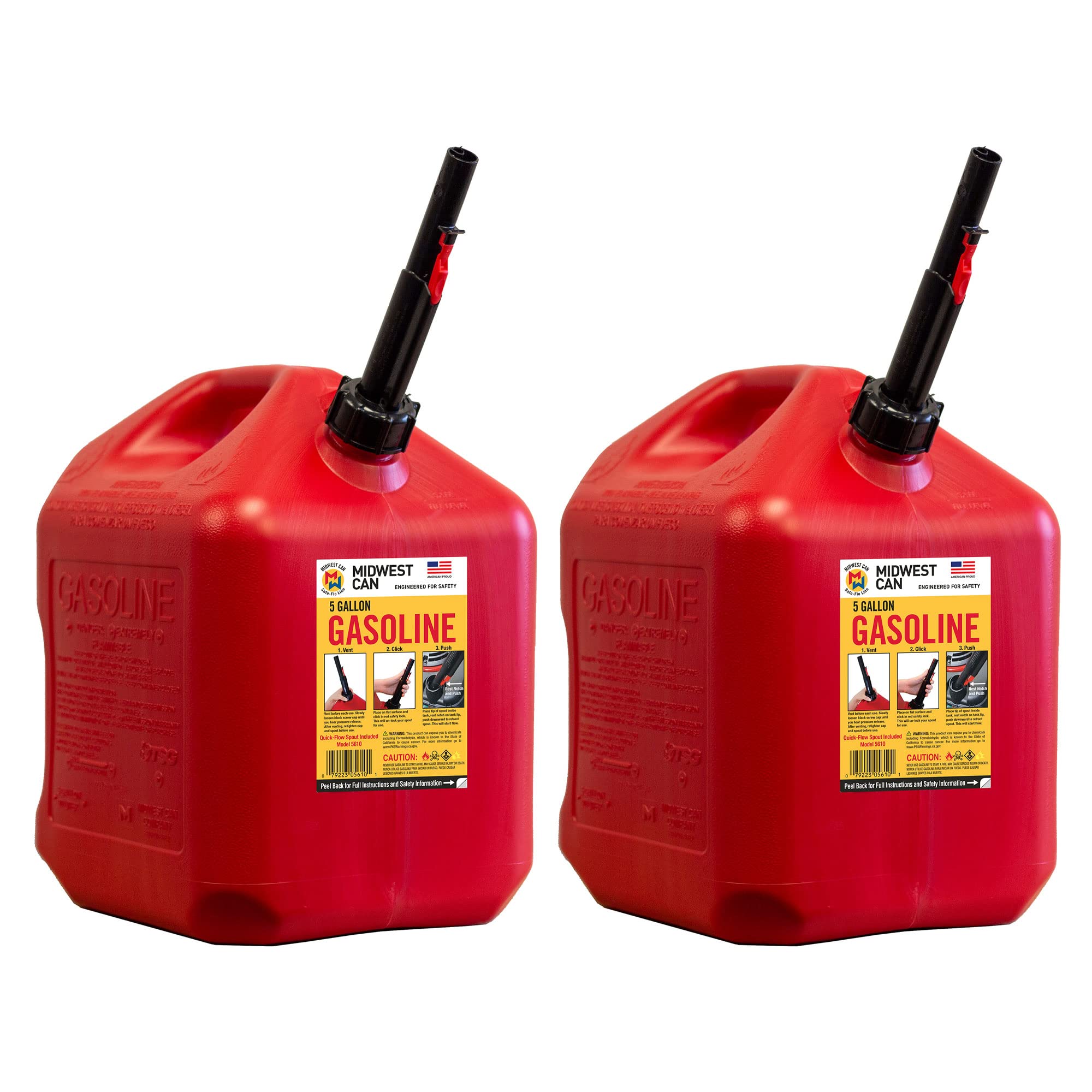

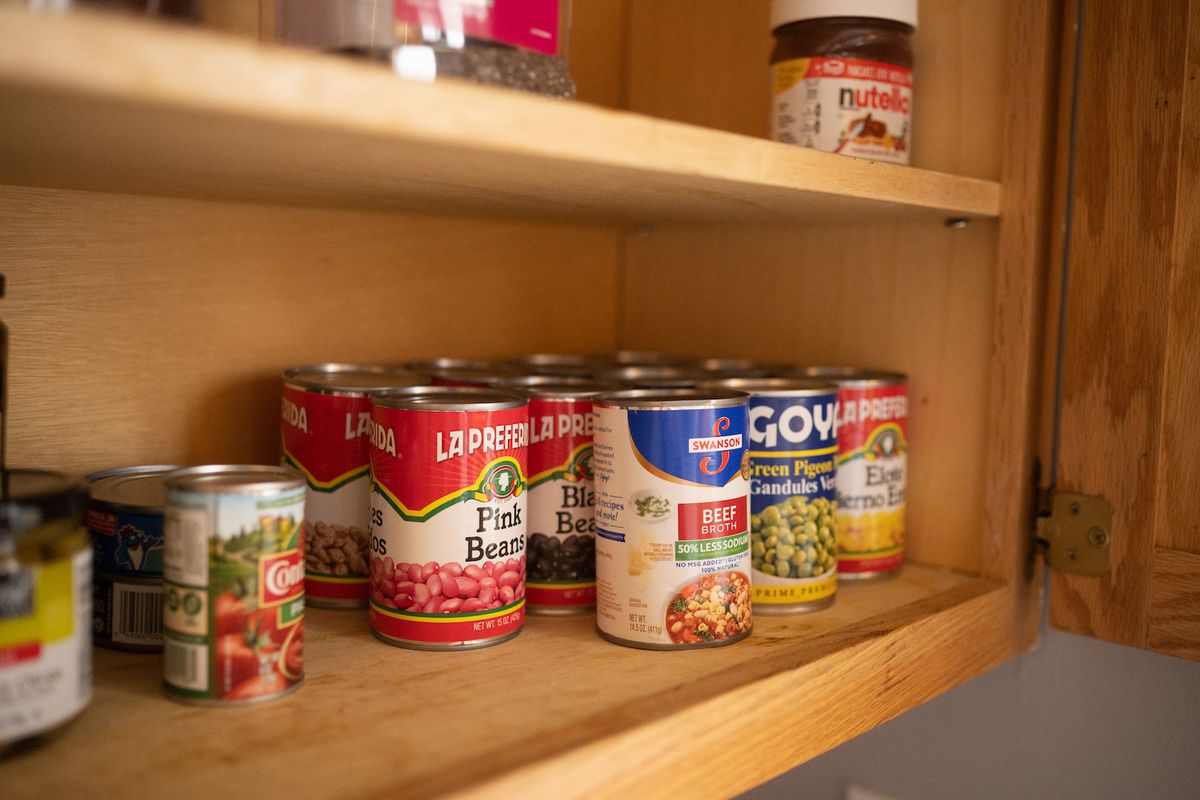
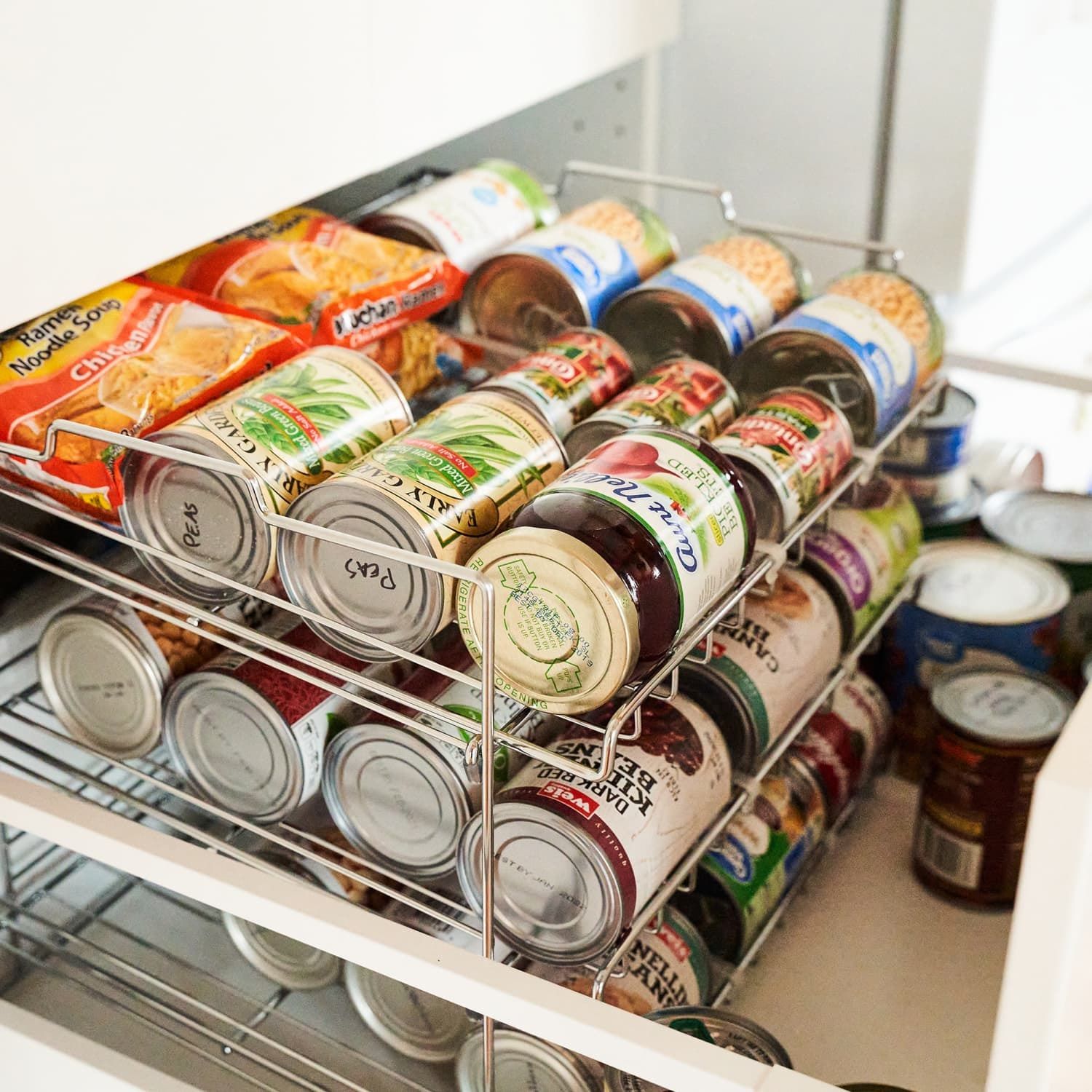
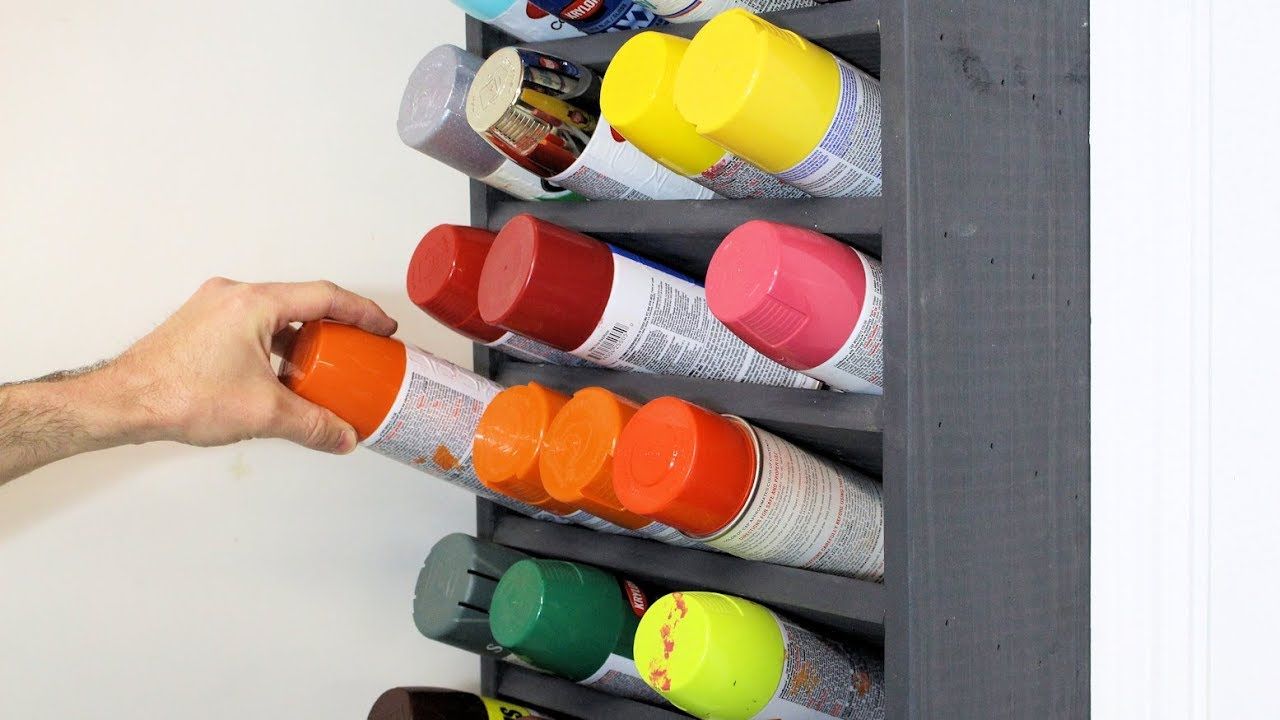
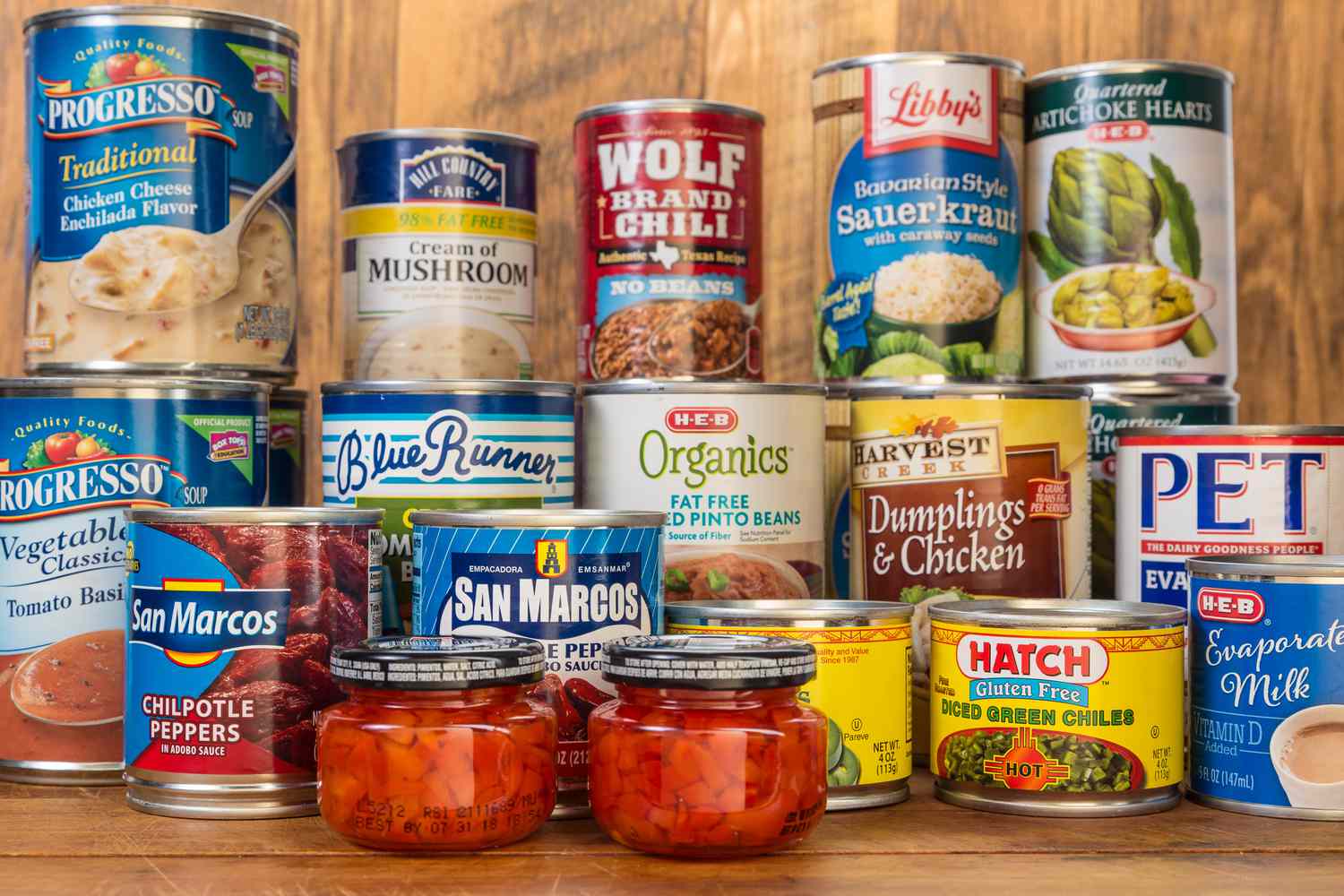
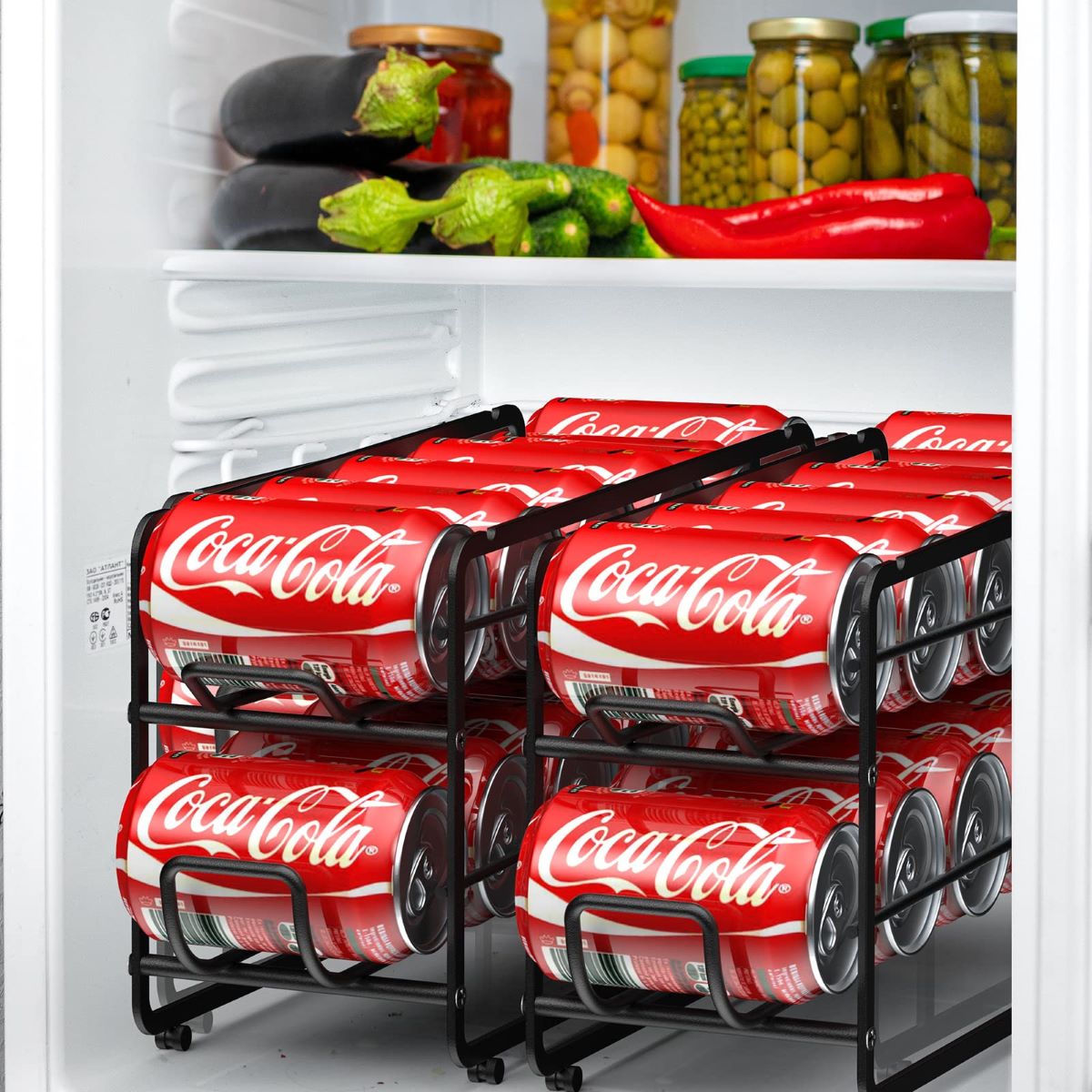
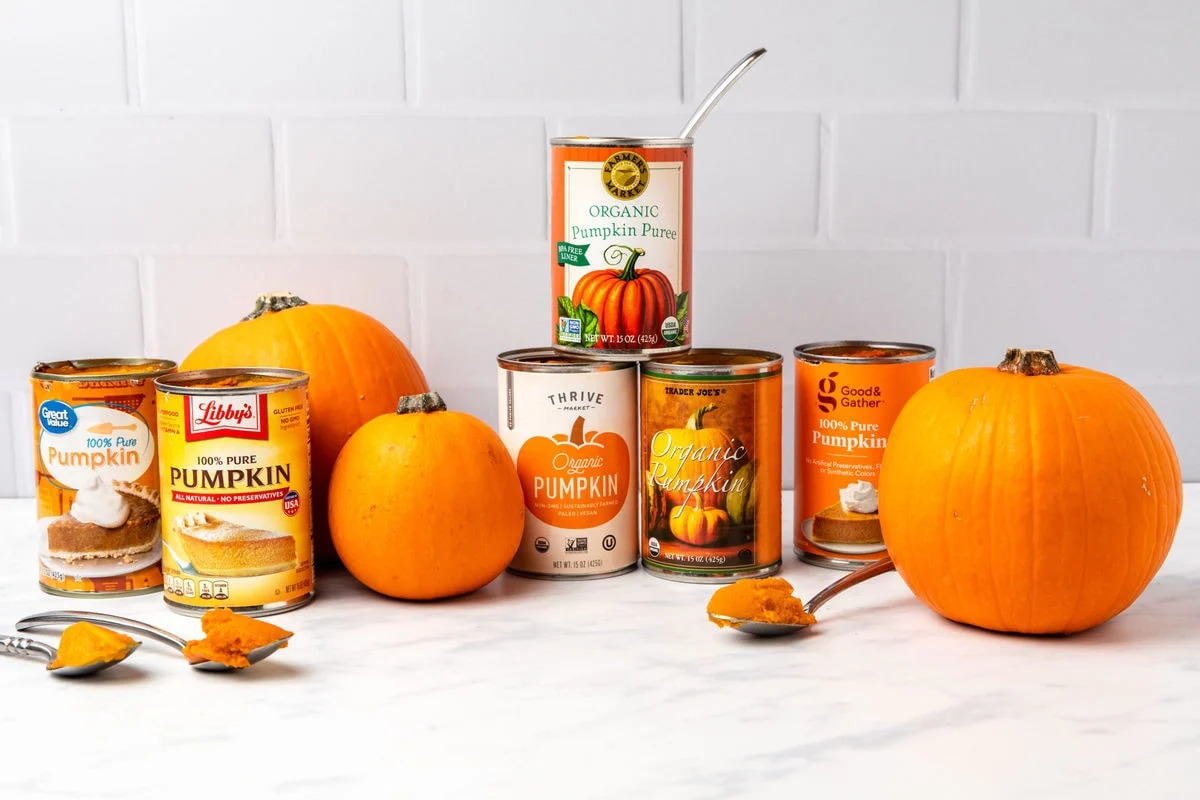

0 thoughts on “How To Store Canned Tuna”